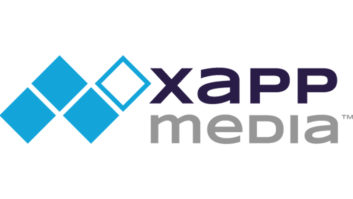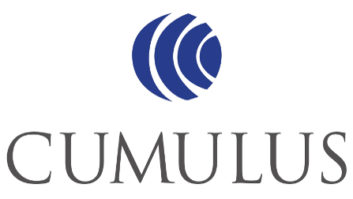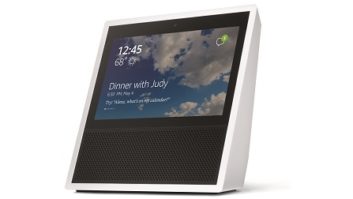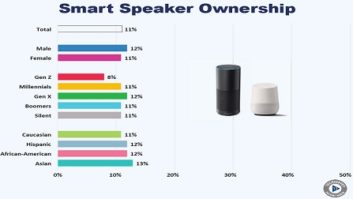With 2016 pending, what should we know about the outlook for Internet radio? One interested observer is Pat Higbie, CEO and co-founder of XAPPmedia, a technology company that provides interactive audio services, including interactive audio advertising.
Radio World: What should radio and digital media managers know about the outlook for Internet radio for the coming year?
Higbie: Internet radio audience and listening time will continue to grow in 2016. While broadcast radio will maintain extensive population reach, consumer migration to Internet radio will continue to erode broadcast time spent listening. National advertisers will grow their Internet radio presence in pursuit of these consumers and increasingly allocate audio budgets across both broadcast and Internet.
RW: On what grounds do you expect such big growth?

Pat Higbie Higbie: eMarketer forecasts streaming audio to increase 18.6% next year, driven almost exclusively by mobile users. The analyst group also suggests that as much as one-third of all radio-style listening will be streamed. Other analysts ranging from Pew to Edison project similar growth rates.
RW: How will the Internet radio market change? What technical trends, within mobile and elsewhere, are most important for entities competing in the space?
Higbie: Aside from user growth, the key trends in Internet radio next year will focus on monetization. The first trend is a continued rise in advertisers using Internet radio to reach consumers. XAPPmedia tracks advertisers through their quarterly Internet Radio Ad Load Report and have recorded a five-fold increase in advertiser participation over the past year.
The other big monetization trend will be a quest for higher CPM ad rates. The Copyright Royalty Board just ruled that royalty rates will rise 21% in 2016. Costs are going up and revenues need to rise at a faster rate for these properties to become profitable. To make the economics work, broadcasters and pure plays will adopt new ad formats that can drive higher CPM.
One example will be interactive audio ads that enable users to interact with promotions using only their voice. XAPPmedia customers have already shown that the engagement rates driven by interactive audio can deliver as much as 25 times higher conversion rates compared to other mobile ad formats. Advertisers are paying five times higher CPM for this type of performance and requesting more inventory. This is the type of monetization innovation that will drive the change in Internet radio economics in 2016.
RW: Which players will dominate?
Higbie: The 2016 global Internet radio battleground will be characterized by perceived and actual clashes between Spotify, Pandora, Apple and Google for user growth. These services all have the scale and resources to compete for large global audiences. Pandora will try to leverage its leading market share in the United States and recent acquisition of Rdio technology to expand globally and offer more robust features that include on-demand listening.
There will be a lot of attention paid to subscription growth. However, each streaming service will recognize that the only way to win globally and build a sustainable economic model will be to optimize their ad-supported listening. Nielsen data show ad-supported listening is the choice of 95% of listeners and the key on-ramp to future subscribers.
The other market friction in the U.S. will be from players replicating the broadcast radio experience on mobile. Legacy broadcasters with Internet radio offerings such as iHeartMedia and Entercom will compete with Internet pure plays such as Apple Music’s Beats One and Pandora. The radio experience is valued by consumers and many want to take it with them as they migrate more of their media time to mobile. The question for broadcasters is whether they will cede this market to Internet radio pure plays or compete aggressively for their natural audience.
RW: Are there too many players? Will we see more of a shakeout?
Higbie: Spotify has passed Pandora to claim the largest global audience. The wild card is Google. It will try to leverage the strength of its current YouTube user base and Android platform advantage to build YouTube Red and Google Play Music into comparable audiences. Apple Music looks today like a distant fourth in monthly active users, but it should experience steady growth.
SoundCloud has a large global user base and a diverse portfolio of user-generated content. However, it doesn’t have the resources of the big four competitors. Digital Music News reported over the summer that the company was nearly out of cash. When you consider a shakeout, SoundCloud may be the most attractive acquisition target, but its valuation may mean that Apple and Google are the only viable suitors. Google is comfortable managing multiple brands and SoundCloud combined with YouTube would lock up global market share for user generated audio content.
All of the other pure plays will focus on becoming profitable so they can chart their own course. This means that many will concede aspirations for global market share leadership and instead seek dominance in a niche vertical while others fall away.
RW: How big a role will be played by “traditional” radio companies in the space, to the extent that this phrase is even still relevant?
Higbie: “Traditional” or “legacy” broadcast radio is still highly relevant. Radio maintains tremendous audience reach and local connections. It is really up to radio broadcasters to determine what role they will play.
iHeartMedia, Entercom and NPR have clear strategies around bringing their local properties and original content to mobile devices. iHeartRadio has a customized listening experience to complement its simulcast offering. Several Entercom stations are cutting their broadcasts into segments so listeners can access them on-demand. NPR is leveraging its news and podcast content to stay engaged with mobile listeners.
These broadcasters have an advantage in maintaining existing listeners, but they have a decision to make as to the timing of cannibalizing their own broadcast listening by promoting mobile listening of their content. It’s the classic innovator’s dilemma and there is no easy answer, but “the writing is on the wall.” Mobile listening hours are growing and broadcast listening hours are shrinking.
There are multiple strategies to pursue, but most broadcasters are sitting on the sidelines watching their audiences slowly erode. Consumers are displacing audio time that previously went to radio listening in favor of new audio content sources and the convenience of always-available mobile access. Next year will be a decision point for “traditional” broadcasters on whether to take mobile strategies seriously or simply farm their existing audience for as long as possible. The growth is out there for those that want to take it.
Pat Higbie is former EVP at Xtone and was founder and CEO of DataFocus. He received a BS in civil engineering with high honors from the U.S. Coast Guard Academy and an MS in civil engineering from the University of Illinois. He is a registered professional engineer in the commonwealth of Virginia.











